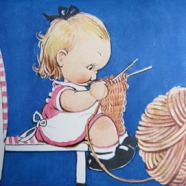 June
04
June
04
Tags
Female Decorative Artists in Early 20th-Century Britain
 On the 4th of June 1879, British illustrator and designer Mabel Lucie Attwell was born in Mile End, London. At the turn of the century, her drawings of sentimentalized rotund cuddly infants, started appearing in various media such as: cards, calendars, nursery equipment, pictures, crockery and china ware, dolls, postcards, advertisements, posters, books and figurines.
On the 4th of June 1879, British illustrator and designer Mabel Lucie Attwell was born in Mile End, London. At the turn of the century, her drawings of sentimentalized rotund cuddly infants, started appearing in various media such as: cards, calendars, nursery equipment, pictures, crockery and china ware, dolls, postcards, advertisements, posters, books and figurines.
The status of the ‘applied’ or ‘decorative’ arts at the turn of the century and early 20th century was debated by Cheryl Buckley in her book Potters and Paintresses. Women Designers in the Pottery Industry 1870-1955 (The Women’s Press, London, 1990). She found that the period in question coincides with the emergence of the designer industry, opening up creative careers which had not existed before the work of pioneering Glaswegian product designer Christopher Dresser. It seemed that those designers who adapted soonest to the latest changes in technology and the economic restrictions imposed in those times, managed to strive. In a surprisingly short time span, many women in Britain took up the challenge of a creative career in the decorative media, particularly in the Potteries, where the odds seem to have been stacked against them, seeing as this kind of work was physically demanding.
There was this unspoken consensus in the creative circles that, “inferior art, one infers, was deemed to be better suited to the inferior sex. Not since the medieval period have all the arts enjoyed equal prestige, employed, as they then were, to the greater glory of God. At a later date, the fine arts of painting and sculpture were divided from design and the functional arts allied to architecture which included furniture design, metalwork, ceramics, glass, textiles, and the arts of the book. None of these is an inherently female activity (…) but still considered most suitable for a women to practice at home during the Victorian period.” (Ste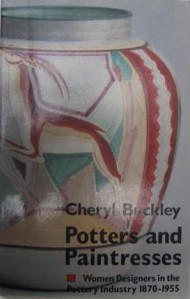 lla Beddoe, review of Cheryl Buckley’s Potters and Paintresses. Women Designers in the Pottery Industry 1870-1955, Journal of Design History, Vol. 3, No. 2/3, 1990).
lla Beddoe, review of Cheryl Buckley’s Potters and Paintresses. Women Designers in the Pottery Industry 1870-1955, Journal of Design History, Vol. 3, No. 2/3, 1990).
“Although nominally restricted to aspects of the work considered appropriate to their sex, namely the repetitive application of detailed surface decoration, they were nevertheless exploited in the more physically strenuous tasks of the slip house and potting shop. They were employed in these capacities because they were cheap labour; from 1836 to 1947, in spite of temporary advances earned during two world wars, women were consistently paid little over half men’s wages for similar work. In addition, men treated them with mistrust, understandable when they appeared to threaten men’s jobs during times of recession. There was also a certain amount of immoral behaviour recorded where men and women worked together, of which women were generally the victims, and bastardy was a common occurrence. Women were also particularly vulnerable to industrial diseases such as lead poisoning and pneumoconiosis. They were ineligible for membership and therefore the protection of craft unions and were denied access to the opportunities for education which could have assisted their careers.” (Stella Beddoe)
It seems that the illustrator Mabel Lucie Attwell succeeded in going against the grain. Coming from a more comfortable background and with the support of her husband painter and illustrator Harold Cecil Earnshaw, she managed to carve out a very lucrative career path in predominantly the areas of graphic arts and illustration. She received plenty of negative feedback from many of her peers for her whimsical, over the top cute drawings throughout her artistic life, but her humorous images of children were very much loved by the general public. In her work, she assumed a child-like persona, often cleverly formulating titles for her illustr ations by using a play on words with naïve spelling, as if a child had created the image and the title themselves whilst living in an adult world. Pretty soon, Mabel’s designs became commercially marketable and she was commissioned for all sorts of projects including designing posters for The London Underground in 1906 and 1917. Today she is renowned for iconic British popular imagery such as: the “Chad Valley” velveteen dolls, the Water Babies, the Peter Pan illustrations etc….This celebrated female illustrator and designer and successful commercial entrepreneur had built her life and career around the humorous antics of children and brought out the toddler in everyone. Still to this day products are licensed under her name and are just as sought after as the original pieces from the earlier part of the 20th Century, ensuring that her legacy lives on through the eyes of adults who are secretly still children inside.
ations by using a play on words with naïve spelling, as if a child had created the image and the title themselves whilst living in an adult world. Pretty soon, Mabel’s designs became commercially marketable and she was commissioned for all sorts of projects including designing posters for The London Underground in 1906 and 1917. Today she is renowned for iconic British popular imagery such as: the “Chad Valley” velveteen dolls, the Water Babies, the Peter Pan illustrations etc….This celebrated female illustrator and designer and successful commercial entrepreneur had built her life and career around the humorous antics of children and brought out the toddler in everyone. Still to this day products are licensed under her name and are just as sought after as the original pieces from the earlier part of the 20th Century, ensuring that her legacy lives on through the eyes of adults who are secretly still children inside.
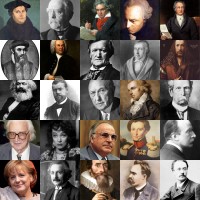


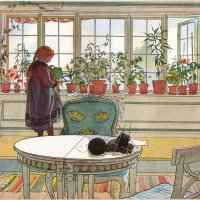
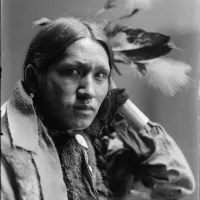
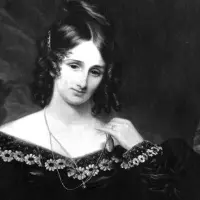
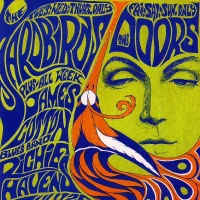
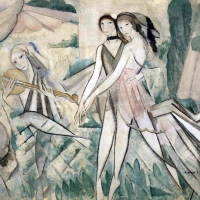

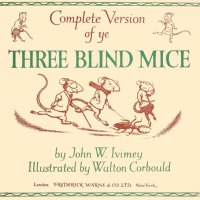
Are the kewpie dolls based on her work?
LikeLike
They do look similar, I believe that they were by the American Rose O’Neill, thanks!
LikeLike
Thabk you!
LikeLike
Reblogged this on First Night Design and commented:
Still no proper internet so enjoy this latest post from Art Lark.
LikeLike
I wonder if Attwell chose to paint such cutesy images because she knew that they were what would be accepted from a woman at that time. Or was she truly following her own muse?
LikeLike
It might have been a bit of both: she must have been drawn towards such imagery to start with, but then as well as a designer, she was a good business woman who exploited the commercial potential of her drawing style. Thanks, Kerrycan!
LikeLike
Very interesting! Loved this post.
LikeLike
always love reading about how artists came to be in their own type of illustration…
LikeLike
Yes it can be a journey 🙂
LikeLike
So interesting and so sad that women always have to fight for everything, in spite of their ability.
LikeLike
Pingback: Female Decorative Artists: a History Lesson – Molly Joss Out Loud
[…] via Female Decorative Artists in Early 20th-Century Britain — A R T L▼R K […] always love reading about how artists came to be in their own type of illustration…
LikeLike